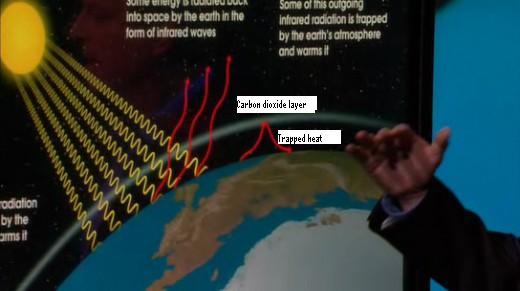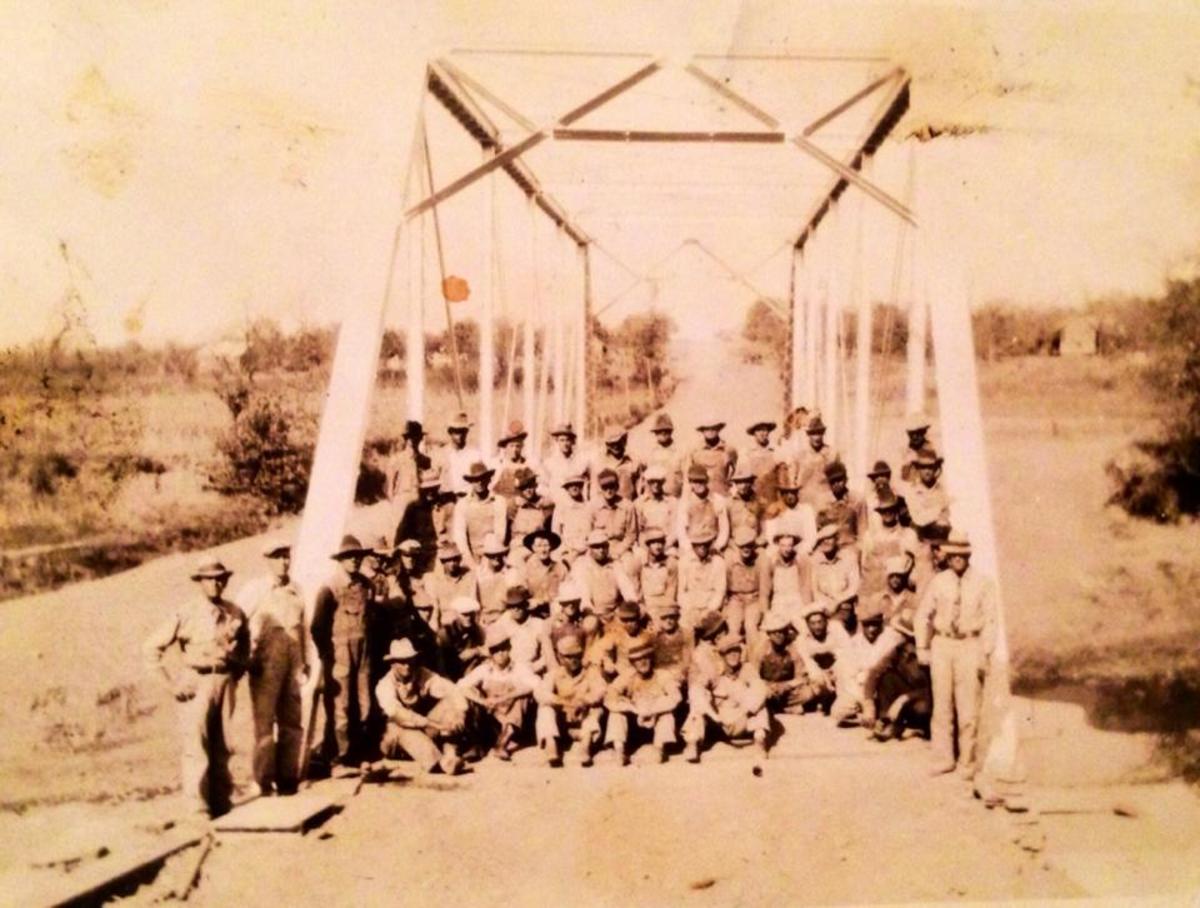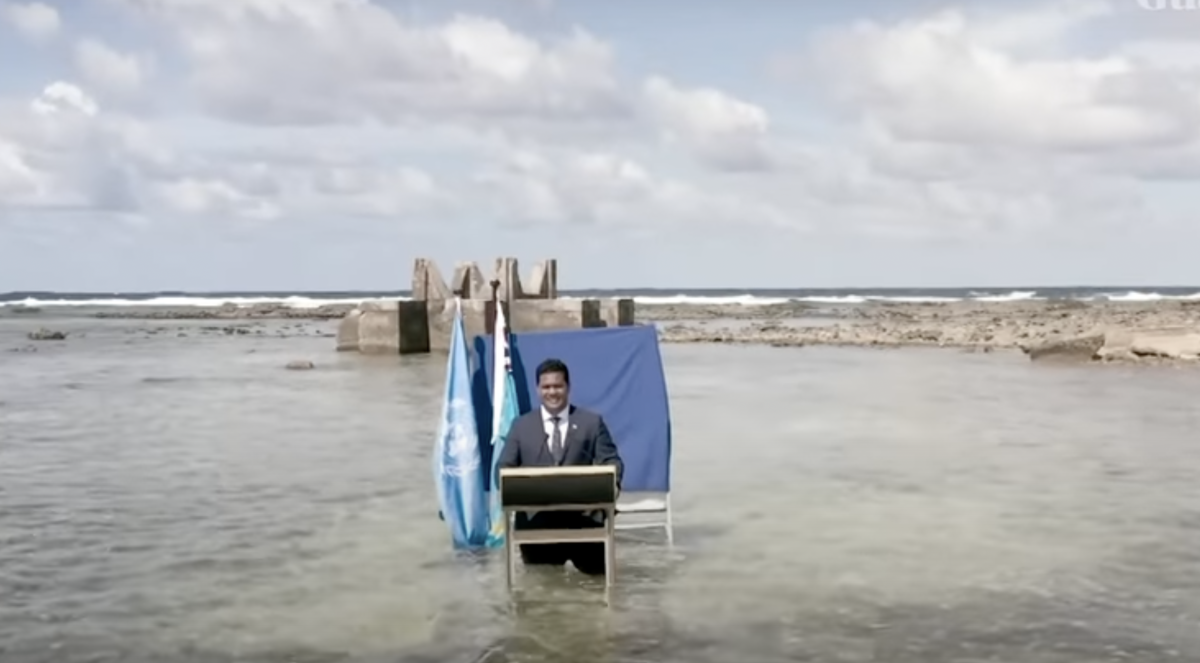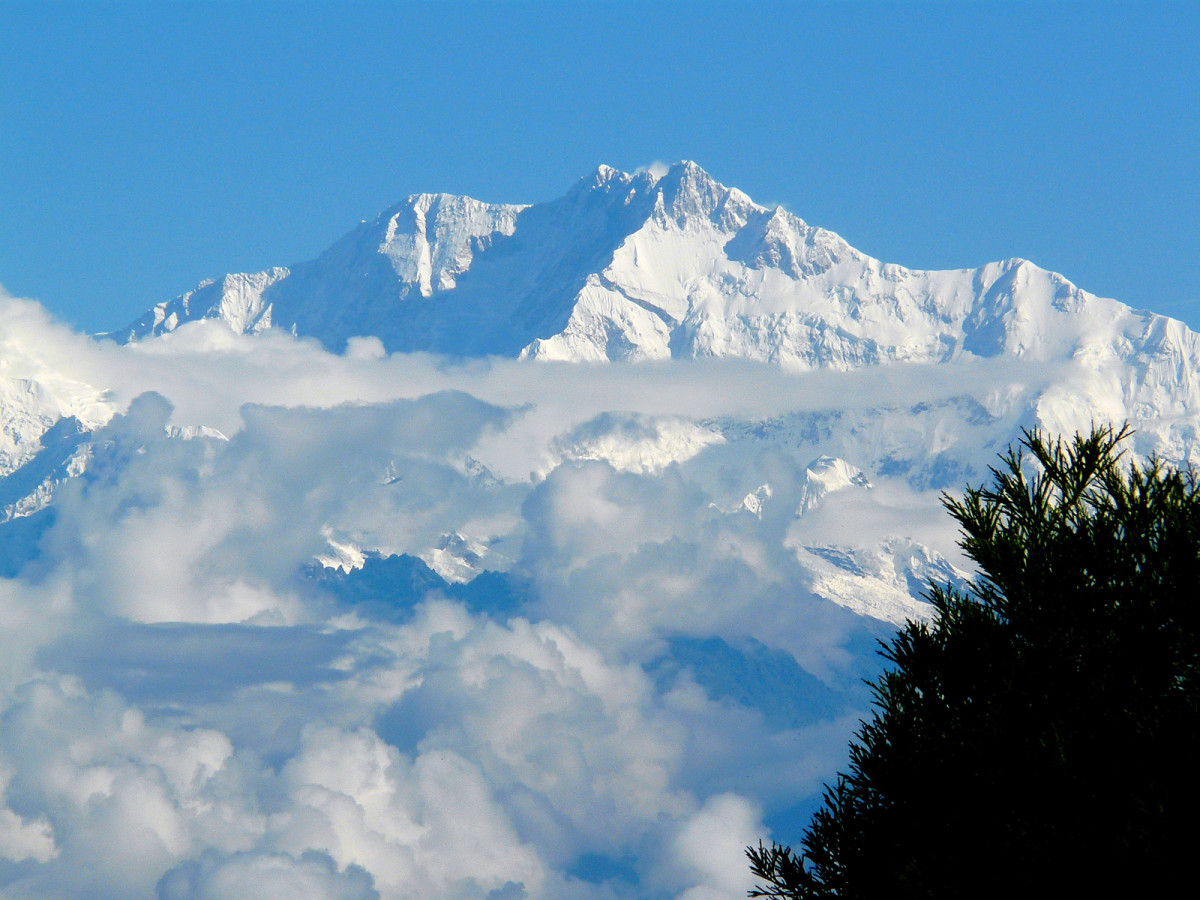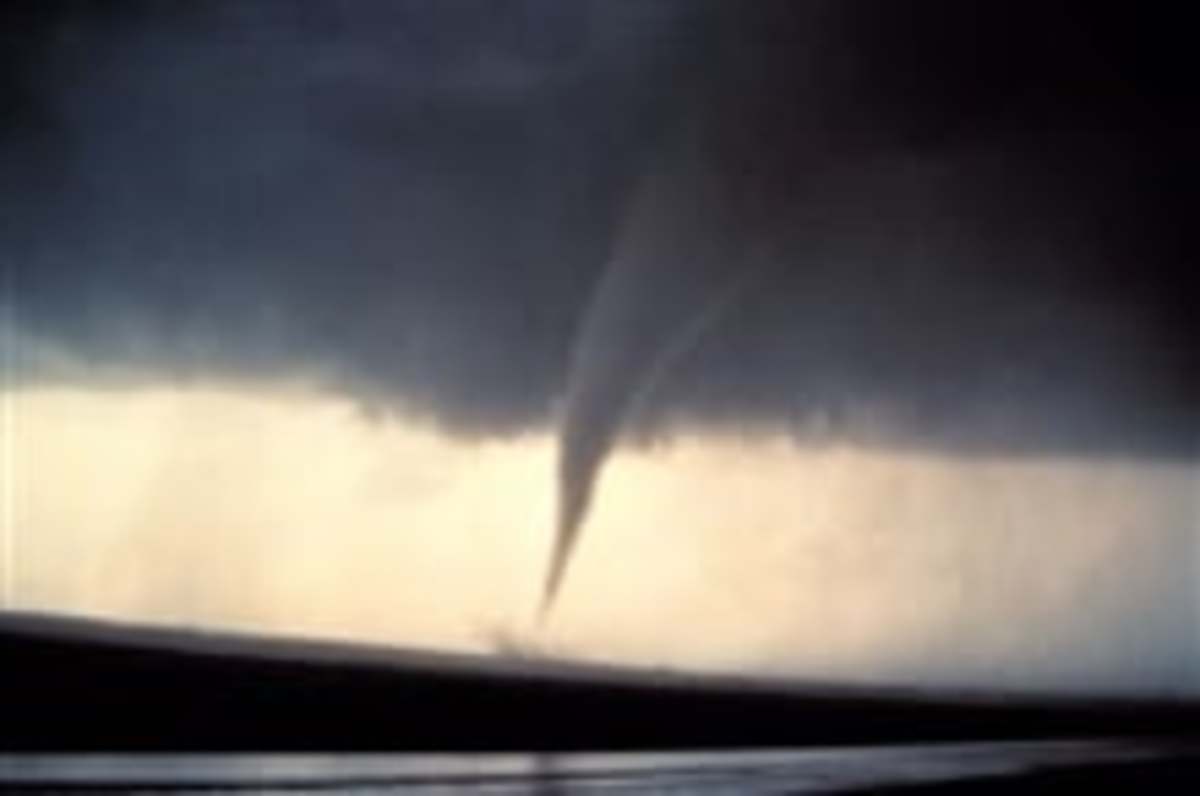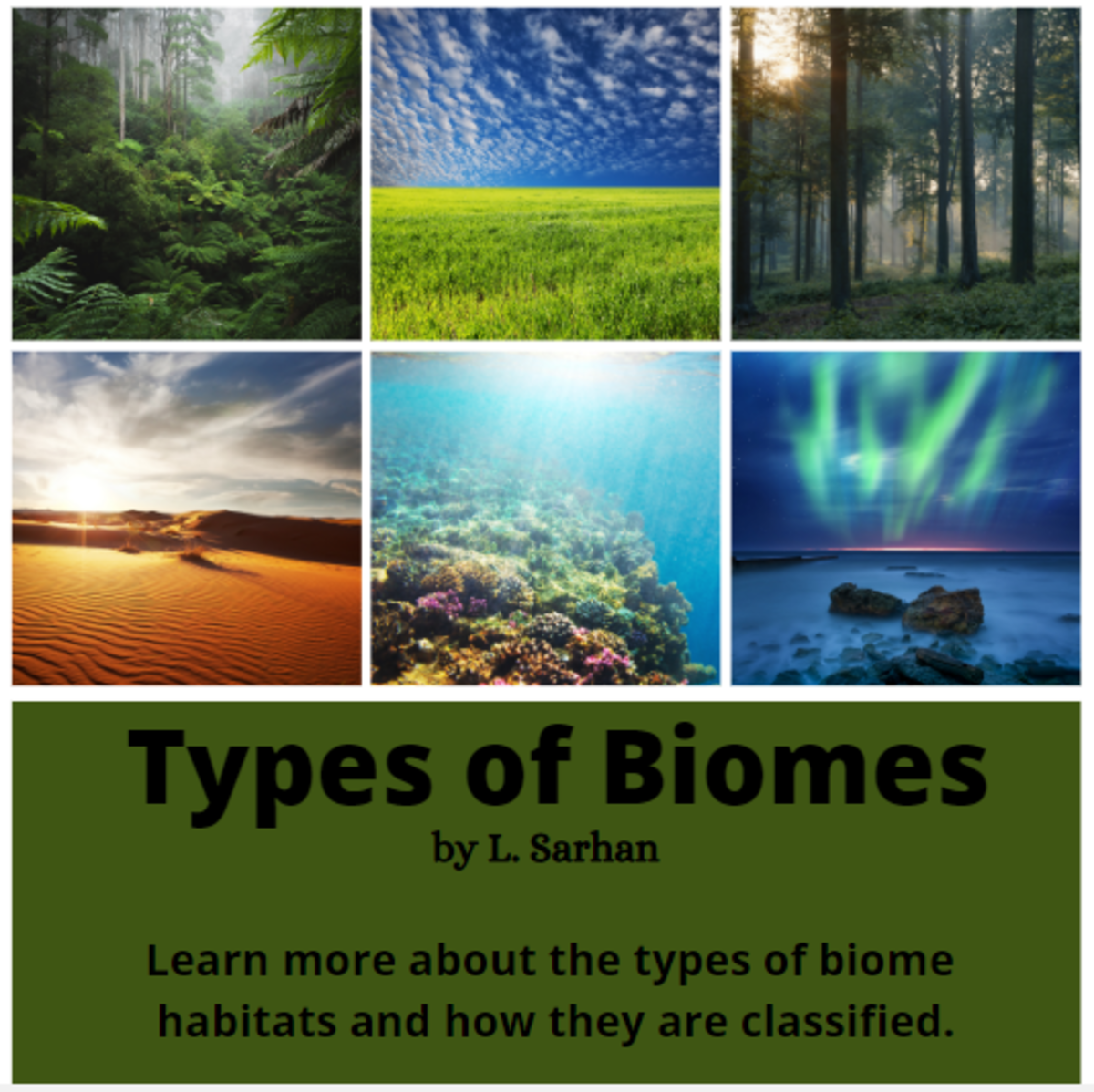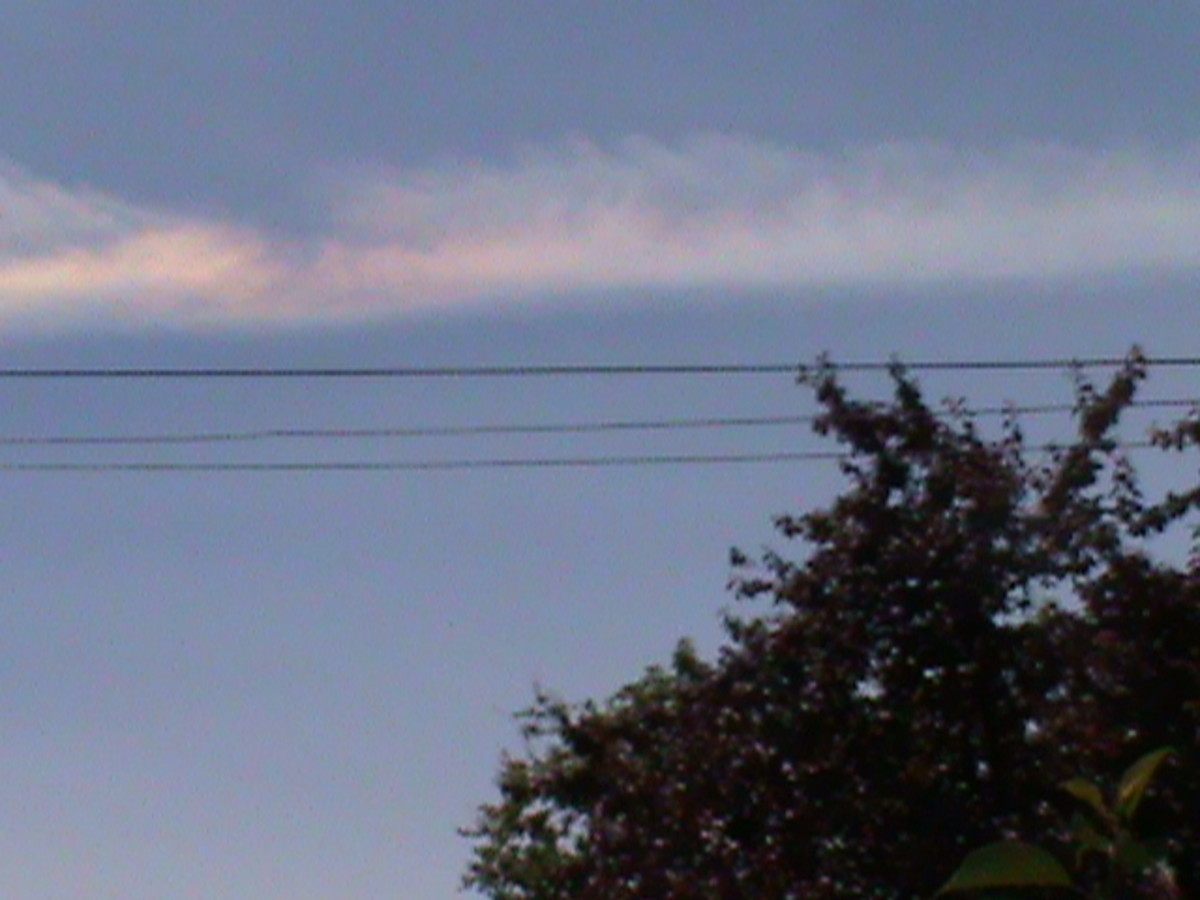Floods Are Natural and Man-Made Disasters
Logs taken from Luna, Apayao (photo by Agkakabsat International)
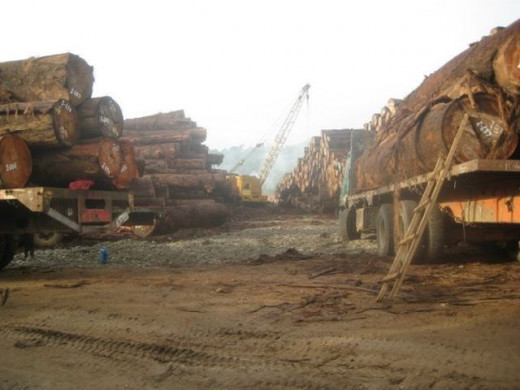
Map showing Abulug town (from Internet, Aug. 25,2013)
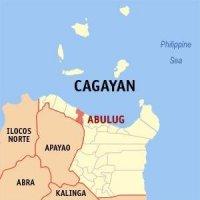
When floods are natural and man-made disasters
Floods are natural and man-made disasters
I will compare a natural flood with a man-made flood.
Natural flood
In my youth i lived near the Abulug River, in Abulug, Cagayan province of the Philippines.
This river has its watersheds in the provinces of Apayao, Kalinga, and Mt. Province. All these are mountainous with lush growth of forests. The river had evolved a long time ago. There was a time it meandered near our home as shown by depressions that are easily seen as former path of flowing water.
For 18 years I experienced only one flood caused by the overflowing of Abulug river. The depressions were filled with water that flowed as expected of small creeks long time ago. The water rose up to ankle deep.
This flood was preceded by a long and heavy rain. In Cagayan it is not unusual to have a month-long rain. For this flood, the intensity was more than usual.
I recall that there was no logging activities in the forests of Apayao and Kalinga. So the forests were still virgin where some farmers, including us, would gather rattan poles once in a year. We used these rattan as tying materials and making furniture. Sometimes, farmers gather a timber or two for use as house posts or sawn for flooring. Logs were then drawn by carabao, the local buffalo. You could hardly notice a tree had been cut in those virgin forests because there were a lot of them and hardly a smaller tree was damaged.
I realize it now, after having graduated from college, that forests prevent floods. The roots of plants, especially trees, make holes in the ground where surface water from the rain seep downward the ground. Also, plants absorb water.
So the one flood that occurred in my cognizant 18 years i call natural flood. There had been no abrupt changes in the watersheds of Abulug river. Heavy rains just poured water more than the roots of plants in the watersheds could immediately absorb or more than the soil could accommodate in a short time. 'Flood waters subsided in one day.
Man-made flood disaster
In my third year of high school plenty of logging trucks invaded Luna, Apayao. Some of the drivers who had been issued logging 10-wheeler trucks stayed in the house I was also boarding. They roared all day until deep into the night as they arrived after delivering their load of logs in the log pond in Danaili (old town located at the mouth of Abulug river where ships were waiting to ferry them to Japan).
Later much larger logging trucks arrived. These were called trailer trucks of PECORP (Pacific Equipment Corporation) hat could load long logs. They were so long they could hardly negotiate acute road curves. Students who go to our school were fond of the logging trucks without loads because they could ride on them. The drivers were kind enough to give them a ride. Once in while I rode on them. We male students made it a challenge to remain standing on the empty loader while it was running. It was a feat in balancing. He who had remained standing was the champion. Usually some three or two remained standing up to the gates of our school, Luna Academy. There had been some students who had fallen off rising up with bruises or some cuts. But these were badges of manhood.
Even those drivers with a load of logs would give a ride to students going home from school. We would ride on the logs like we were riding a carabao or horse. It was fun and convenient because we would walk a much shorter distance to our homes.
Those were in the middle of 1960s. I attended high school in 1960-66. During summer the logging trucks kicked up clouds of dust as they passed the unpaved road. During wet season the same road was reduced to small canals created by wheels of logging trucks. We students could hardly find a solid ground to keep our shoes unsoiled.
We loved to hear tales of who was the driver who had ferried the largest log, or the longest log. The champion was named Piring, a driver from Pangasinan province who had loaded one single log in his 10-wheeler truck. I saw it as he parked his truck while he spent the night in my boarding house before delivering it to Danaili. I marveled at his feat in loading the log onto his truck. A driver had to load his log with one assistant, with the winch from his truck coiled around a nearby tree. When he had raised the log high enough he would position his truck under it and reverse the winch. His load could be only one-third of the whole timber that had been cut up into three logs so that they could be loaded in at least two trucks. Piring ferried the biggest cut, another truck ferried the other two cuts.
In one summer before my fourth year in high school I applied in the Bureau of Forestry as a tree marker. This is a procedure required by law, the policy being called selective logging system, in forest management. Trees in areas scheduled for logging were to be marked. A tree at least 40 centimeters up to 60 centimeters in diameter were not to be cut down. We marked them with white paint. They were to be spared for the next cycle of cutting when they will have grown to over 90 centimeters in diameter. Also, the logging concessionaire like Concepcion, PECORP and Puson had to plant 5 tree seedlings for every tree that they had cut down.
There are five major tree species that are so marked, like red lawan, white lawan, palosapis, ipil, and dao. They belong to class dipterocarp that is considered commercial. Red lawan is the equivalent of mahogany in North America.
I learned to identify these trees from a distance and calculate their diameter as well. i would go mark them at breast height. Aside from being spared from cutting down, they were not to be damaged during logging operation.
That was easier said than done. If a marked tree were near a large tree to be cut down, it was likely to be damaged by the falling tree. The concessionaires did not plant 5 seedling for every tree they had logged that was a violation of the law. Foresters who were charged to enforce the law seldom went to the forests and inspect.
The concessionaire who had damaged marked trees was to be fined. That was not enforced strictly either. Besides the fine was peanuts compared with the profits made from a cut down tree. The logging fee charged of the concessionaire was a pittance compared with the profits from selling logs.
And some of the concessionaires were rumored to be smuggling out logs. The most rumored about was Puzon who started out as a daring driver, like Piring. He could hardly read and write but when he had grown rich from logging operation he ran for the House of Representatives for the second district of Cagayan. He could hardly make a political speech despite the heavy coaching; i attended one political rally where he spoke. He won, anyway.
And the disasters that were sure to come, man-made floods. We soon realized to our horror.
Floods have arrived
Enrollment at college, in the University of the Philippines at Los Baños, where I graduated with a degree in Agriculture, is June. The first semester ends in November. The second semester starts in December when there is a break because of the Christmas season. I usually took my vacation this season. Heavy rains come in Cagayan starting November that last up until February. That was the cycle before the heavy logging in Apayao, Kalinga and Mt. Province.
Since my first year in college, I go home to our house, constructed ala-bungalow, flooded ankle deep from the overflow of Abulug river.
Our rice fields are also flooded. November is harvest time for the rice crop so that a lot of unharvested ripe rice are damaged by the flood. Rice grains still in the stalk soaked in water for a week would germinate as most of the rice varieties now do not have a dormant period. If the matured and ripe rice were not harvested in two or three days they would soon germinate, not to mention lodging of rice stalks that would make them hard to harvest by hand. And all farmers would be preoccupied to harvest their own crop that they could not spare time to help other farmers in harvesting. That means a lot of rice would germinate or rot in the field. That is a disaster brought about by flood waters coming from the Abulug river that has been triggered by logging in its watersheds.
Logging has resulted in Abulug river overflowing its banks. This flood is man-made as logging is perpetrated by man.
Climate change
We residents near the Abulug river have resigned ourselves to having a flood once in a year. That was when climate change has not yet occurred.
Climate change is essentially brought on by increase of temperature of the atmosphere. This in turn is brought on by the accumulation of carbon dioxide. This element is largely a result of human activities like burning, combustion of fossil fuels in motors, degradation of organic materials like in composting, and by-product of human metabolism. Carbon dioxide forms a thin layer around the earth and traps heat that is supposed to be reflected back to the atmosphere, This trapped heat is called greenhouse effect.
Climate change is also exacerbated by the destruction of ozone, a form of oxygen, that traps energy from the sun thus protecting the earth. Ozone, indicated as O3 absorbs energy and turns into molecular oxygen, indicated as O2.that we breathe and use in metabolism. Ozone is destroyed by chlorine compounds (chlorofluorocarbon or CFC) used in refrigerators, and other appliances. One molecule of it can destroy about 100,000 ozone molecules. That is why the use of chlorine compounds in refrigerators is now banned.
The present climate change is a result of human activities. This is a conclusion among scientists of the International Government Panel on Climate Change. They were awarded the Nobel Peace Prize in 2007, together with former USA vice-president Albert Gore. You can view a graphic and dramatic explanation of climate change in the film "The Inconvenient Truth" anchored by Gore himself. This film itself was awarded the Nobel Peace Prize. Three Filipinos participated in that panel and are co-winners of the Nobel Prize. One of them is Dr. Rex Cruz, Ph. D., who is now chancellor of the University of the Philippines at Los Baños.
Fossil fuel producers and exporters would not agree to the term, "human activities," but agreed to the term "anthropogenic activities" (Sperling, J. Science as a Contact Sport) that is a euphemism.
In the recent presidential campaign in the USA, the Republican Party has largely denied the reality of climate change.
With the advent of climate change the natural climate of Cagayan has likewise changed. It used to be two seasons in a year, dry season and wet season when heavy rains and one flood would come.
Dry season is no longer clear cut from the wet season with climate change. Any time of the year there could occur typhoons and heavy rains that bring on floods. A typhoon may occur in what used to be dry season of March up until August. Last week another typhoon lashed Cagayan and it is supposed to be still dry season.
Climate change has changed the level of temperature. Higher temperature of the environment has caused more evaporation that form more clouds in the atmosphere. These would later on drop as rain, heavier rains. More raindrops soak the ground so fast that water could not sink as fast as well, resulting in surface runoff. Extra surface runoff results in a flash flood.
Climate change has also caused heating up in a part of the atmosphere much faster than usual. Hot air in one part of the atmosphere would rush to another part with lower temperature resulting in a typhoon. A flood brings on disaster by itself; a typhoon does likewise. When the two combine the disaster they bring on is much worse.
Flash floods killing people
There were several flash floods that visited the Philippines in recent years. The Ormoc flash flood in Leyte province killed 7 thousand people. The Sendong flash flood in Cagayan de Oro City killed two thousand people. These flash floods are attributed to deforestation. Today the most feared disasters in this country are man-made flash floods.
In the US there was Katrina and the recent New York flash floods. Similar flash floods visited Spain, France, UK, Bangladesh and recently China.
Counter climate change
To counter climate change is hard. It takes a long process. We already had worldwide conferences to bring down the level of carbon dioxide, like the Montreal protocol, Rio de Jeneiro conference and Tokyo conference. The Copenhagen conference was participated in by US Secretary of State Hilary Clinton and Pres. Barack Obama, no less. The South, meaning the passive recipients of climate change, want US$100 billion from developed countries (North) that are largely the perpetrators of climate change. The North has given US$10 billion for use in research and mitigation of climate change.
Worse disasters from man-made flash floods are yet to come.
Climate of the Philippines before worldwide climate change
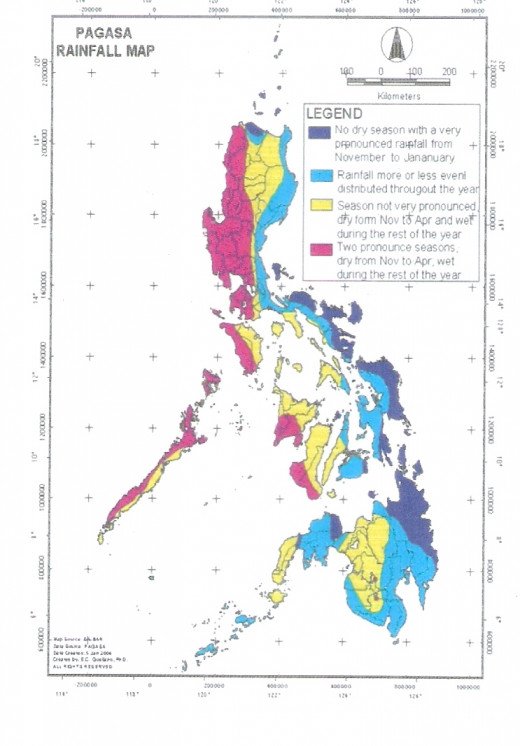
A process in climate change, hand belongs to former USA vice-president Al Gore (Photo adopted from "The Inconvenient Truth")
